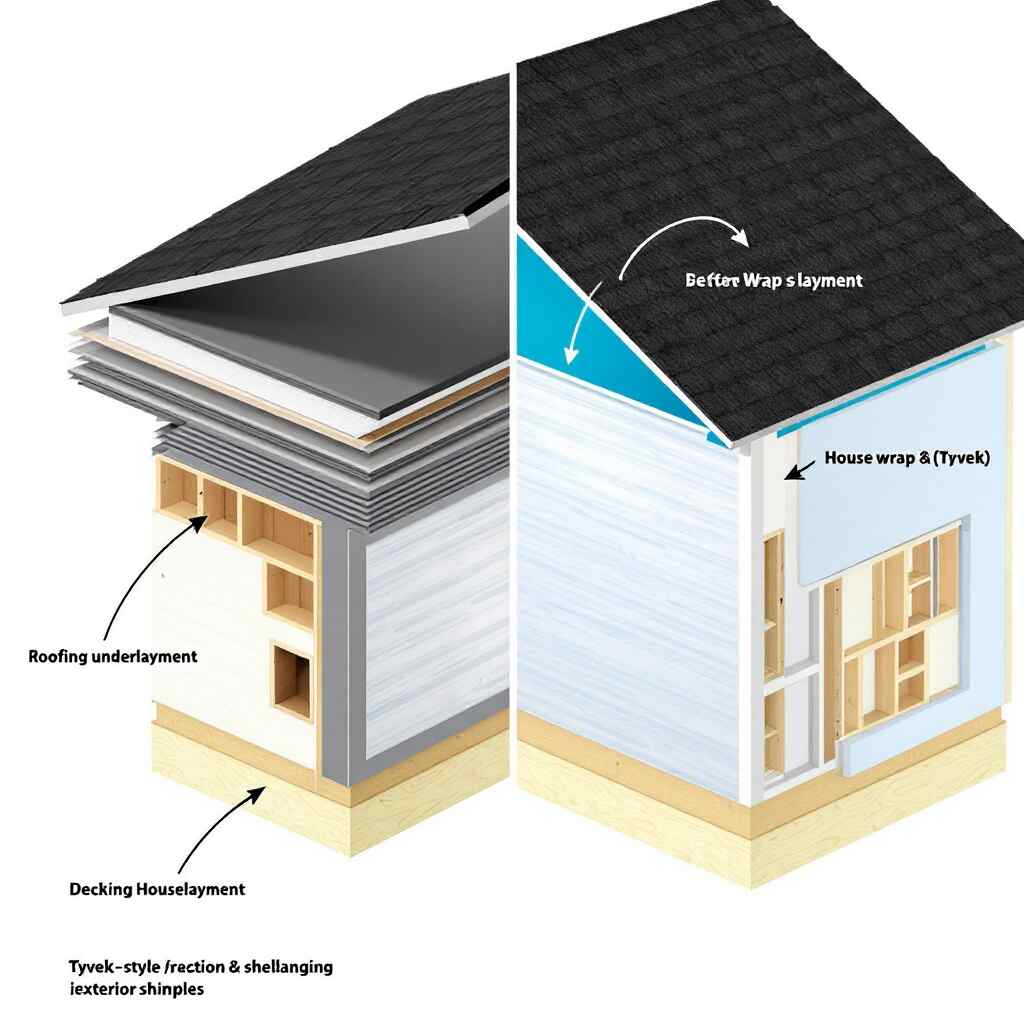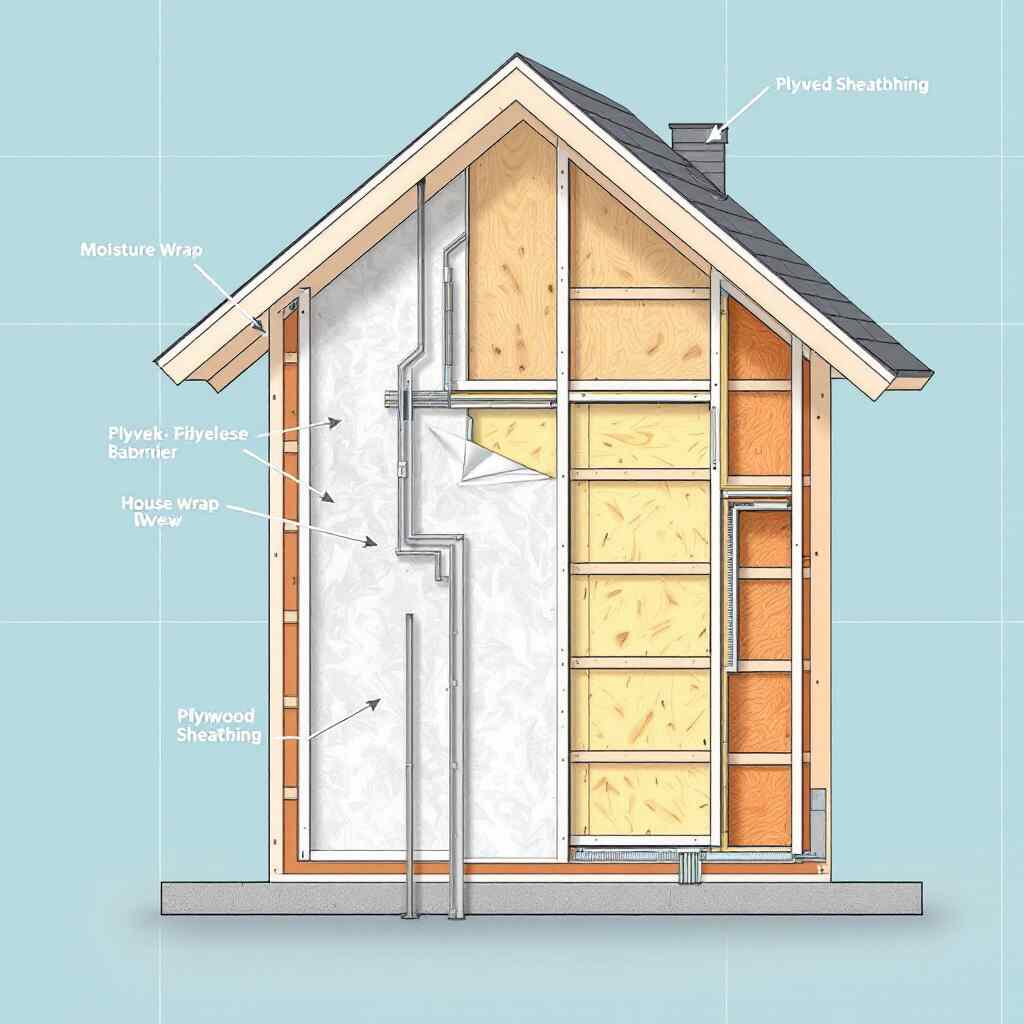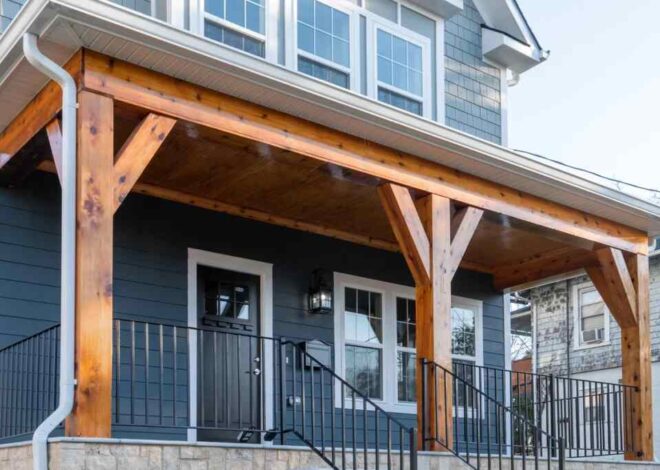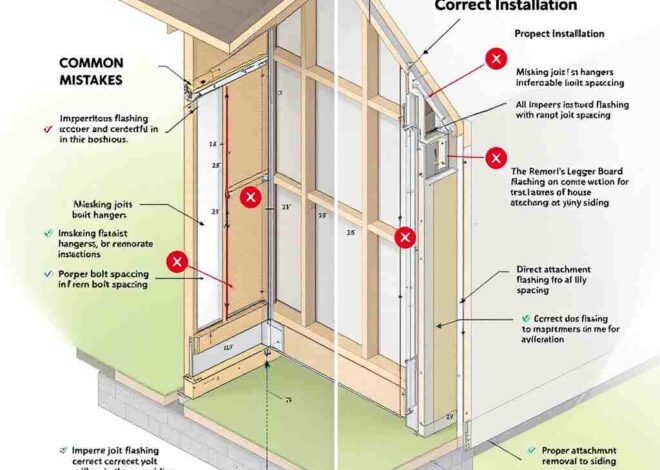
Is roof underlayment different from house wrap?
The question: Can you use roof underlayment as house wrap? The answer is essential for homeowners and contractors alike, and while this may seem like an easy question, it is not. To do so, one must know the distinction between the two materials and how doing so can help ensure the longevity and functionality of any building.
Let’s untangle these concepts to make wise choices in constructing and maintaining houses.
What is Roof Underlayment?

Definition
Roof underlayment is an essential element in roofing that can be between the wooden deck and the shingles. This acts as a surface and provides a waterproofing barrier apparatus that protects the roof from the weather.
Types of Roof Underlayment

- Asphalt-Saturated Felt: This is a traditional underlayment made from organic or fiberglass substrate and coated with asphalt.
- Rubberized Asphalt: This category contains substantial percentages of asphalt and rubber polymers, giving it waterproof properties.
- Synthetic Non-Bitumen Underlayment: This is made from synthetic polymers and provides excellent tear resistance and longevity.
Functions
- It provides a vital moisture barrier, protecting against rain, snow, and wind-driven water.
- It is an extra barrier against leaks if the exterior roof material fails.
Examples of Use Cases
And especially when the weather gets wild, such as on coastal or alpine terrain.
You may also read (what are the main steps involved in house framing)
What is a House Wrap?

Definition
House wrap is fabric, paper, or board that covers the exterior of house walls underneath the siding. It acts as a water-resistant material to prevent water ingress yet allows the building to ventilate.
Materials Used
- Usually made of synthetic materials such as polypropylene or polyethylene.
- It is produced in spun-bonded and woven styles, often with micro-perforations to improve Breathability.
Functions
- Keeps moisture from coming into wall cavities but allows water vapor from inside to escape, reducing the risk of mold and rot.
- It aids the building’s energy efficiency by reducing air infiltration.
Examples of Use Cases
- Well-known in various climates for residential and commercial buildings
- Roof Underlayment vs. House Wrap: Major Differences
Purpose and Application
Roof underlayment is applied to sloped surfaces of a roof to protect against water intrusion from above. At the same time, house wrap is a protective barrier used on vertical wall surfaces to help keep moisture out from the sides.
Breathability
House wrap is a more permeable material, allowing walls to breathe and thus helping to prevent condensation; roof underlayment is more about waterproofing and generally is less porous.
Material Composition
House wrap weighs less; roof underlayment is typically thicker and must resist specific roof stresses, especially wind uplift, making it inappropriate for conditions it will never face on the house.
Building Code Compliance
Because of these fundamental differences in design and intended use, there is a prohibition in building codes that do not permit roof underlayment as house wrap, and using it in that way could lead to safety issues.
Is it OK to Use Roof Underlayment as a House Wrap?
Short Answer: No
Roof underlayment does not substitute for house wrap due to essential differences in physical characteristics and functional needs.
Detailed Reasons
- Disparate Functional Responsibilities: Roof underlayment is designed to rapidly release water on slopes while house wrap penetrates vertical water.
- Breathability & Anatomy: Integrating non-breathable roof underlayment in walls can create a moisture trap causing structural problems like fungi and rot.
- Building Code Violations: Replacing such materials may breach building codes, resulting in penalties and invalidation of warranties.
Disadvantages and Advantages of Different Material
Pros of Roof Underlayment
These are excellent times for water resistance.
Very tough in any weather condition.
This has a longer life, though, providing more durable protection.
Cons of Roof Underlayment
- Generally less breathable, which may be of concern to some architectural details.
- It is too stiff and heavy to be applied to vertical structures.
Pros of House Wrap
Allows moisture to escape, so helps to prevent mold and mildew from forming within walls.
Helps increase energy efficiency due to drafts.
It is lightweight and easy to manipulate and install on vertical surfaces.
Cons of House Wrap
- Not for use on horizontal or sloped surfaces.
- Potentially less durable in fully exposed environments than dedicated roof underlayments.
- Using Roof Underlayment as House Wrap: Alternatives
Craft paper/felt paper
Decent Breathability, delicate for wall use but not as hardy as synthetics.
Synthetic House Wraps
These are made for vertical walls and provide superior Breathability and durability.
Weather Barriers Specific to Conditions
Overcoming difficult climates with the best product for the local architectural needs.
Expert Recommendations
For Homeowners
Follow local building codes and manufacturer specifications when choosing and using building materials.
For Contractors
Always choose materials specifically designed for the intended application to help alleviate many warranty and building performance issues.
Conclusion
Choosing the right materials for different parts of a building is crucial. The main difference between roof underlayments and house wraps is that, despite being protective barriers, one is meant for the roof and the other for the rest of the building. Interchanging them can do real harm. Use me for the thermalimbak but for the correct application.
You may also read (in florida do i have to replace my roof before i sell my house)


